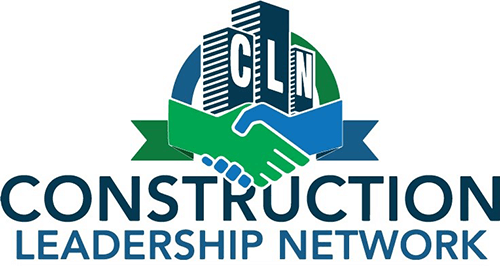6th Crisis-era Message to Contractors from: Dr Tom Schleifer
Impact of Back-to-Work Restrictions
The problem with the back-to-work restrictions that construction organizations will face when we can finally get back to work is that we do not know what they will be. There are and may be additional OSHA and federal guidelines, but it looks like each state will make final determinations about how to follow those guidelines or to add to or modify them. As the “guidelines” evolve into 50 different state regulations we may face often changing, confusing, and difficult to initiate and administer protocols and procedures. This is compounded by the potential undefined liabilities associated with the question of who is responsible if someone on-site comes down with the virus? If the remainder of the workforce, including those working for others, are quarantined, is the employer liable for lost wages and benefits? Undetermined.
We may not yet know how our construction site activity will work under new “back-to-work” restrictions, but we can be certain it will impact productivity, schedule, and profitability. While we may all agree that some work with restrictions is better than no work, we need to be deciding now how we will put the new work requirements into place. There is little argument that the amount of effort put into pre-planning the work is directly proportional to our success and profitability in the field. I suggest that it is prudent to get a head start on implementing the new, but yet unclear, requirements so you can hit the ground running as soon as restriction are lifted.
Two of the guidelines that will most likely be included in one form or another, and that will clearly impact how our trades-people are accustomed to working, are social distancing and periodic, or possibly continuous, cleaning and sanitizing tools, equipment and who knows what else. Just acquiring and providing work-site access to sanitizer and other protective supplies and gear has a lead time and should be considered now. Where, who and how much, are a few issues that can be considered in advance in that they will be our responsibility soon enough.
It probably goes without saying that new requirements will add costs and will impact productivity. Pre-planning will be required to maximize efficiency in initiating the new requirements and accomplishing the work while complying with them. “On time on budget” may be a challenge and there will be little time to debate who should pay for any or all of this. As the requirement will affect profitability, it may be appropriate to estimate the cost of that impact and adjust projected profits, per project, depending on anticipated outcomes. I can hear the complaints already, so it may be appropriate to be reminded that our credit grantors judge us as much on our skill at meeting profit objectives as on the amount of the objectives. A measure of our own proficiency is our ability to make projections and to then meet or exceed those projections. Part of that process is the timely adjustment of projections as they become impacted by failure to perform or by influences outside of our control.
There are several steps to managing the new requirements you may want to consider:
- Determine what you will do to comply with the requirements on each project as some jobs may need to be treated differently than others.
- Decide how compliance with the requirements will be managed, measured, recorded and assured.
- Resolve who on site will be responsible for compliance.
- Will there be ramifications for an individual worker’s non-compliance?
- Will both compliance and non-compliance be recorded and by whom?
Again, I sense screams about “overkill”. It is here we need to consider the unknowns about who might be liable if, despite compliance with the regulations, someone gets sick or worse. It may be unknown, but what we do know is that what gets measured gets done, and that compliance without documentation is sometimes alleged as uncertain compliance or even non-compliance. There will be legal issues. It’s part of doing business, and compliance is not the same as documented compliance.
This crisis has already and will continue to impact our industry. This is totally outside of our control. What we can control is our reaction to it and how we will manage our internal protocols, processes, and procedures in response to it. We are still in charge of our businesses and, therefore, responsible for the outcomes in both good years and bad—in both normal and unusual circumstances. If you think you can get through this crisis without a decrease in profit, or just a modest decrease, great. However, if you even sense the possibility of more than a modest decrease in profit or the slightest potential for loss, you know that you have to take action now. It is too late after the loss has occurred. It is almost impossible and always painful trying to overcome loss after it has happened. The primary objective is the prevention of loss, which is not necessarily less painful, but a much better outcome.
During the early stages of the last two construction market downturns, I was often accused of being a pessimist and doomsayer. This construction market downturn is following the market models developed from the research of the eight major downturns since WW II. What I am hearing this time is “this one is different”. The cause of the US economic decline may be different, but the effect on the construction market is the same. It is not as if people do not believe the data. It is that they do not want to believe the data and saying “this one’s different” reinforces hope and delays action until the “wait and see” instinct is satisfied. Those who know me know that I wish I were wrong.


